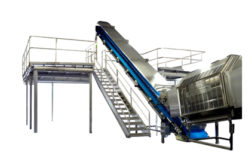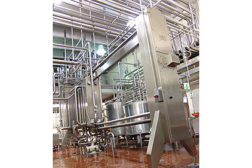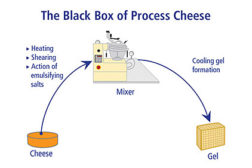Home » cheese processing
Articles Tagged with ''cheese processing''
It’s important to understand the cause of visual defects that can occur with cheese and use appropriate preventative methods.
Read More
In the case of eyes in cheese, size matters
Cheesemakers need to understand fermentation and gas development to avoid defects in their cheese or when they want to create the right number and size of eyes in certain cheeses.
April 7, 2016
Stay ahead of the curve. Unlock a dose of cutting-edge insights.
Receive our premium content directly to your inbox.
SIGN-UP TODAYCopyright ©2025. All Rights Reserved BNP Media.
Design, CMS, Hosting & Web Development :: ePublishing








